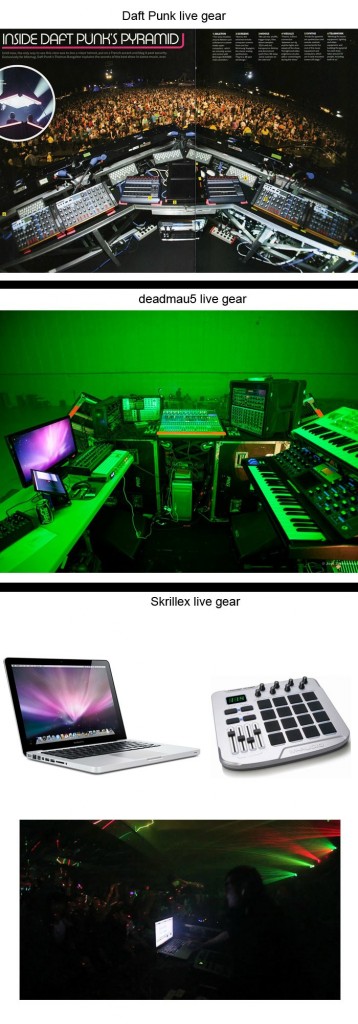James Blake: Analogue Values In A Digital World
posted in: Music News • Pop
Electronic music producer/ singer-songwriter James Blake is the type to speak softly and carry a big stick. Usually.

Concerts by the young Blake are hushed, pastoral affairs; the audience in rapt attention to the 22-year-old wunderkind and his craft. The “crown price of the quiet revolution”, so named by Clash Magazine, is also known to please critics with everything from plaintive piano ballads to exercises in wonky, R&B flavored dubstep. All that said, the young man is pretty well mannered and soft spoken. Again, usually.
In a recent interview with The Boston Phoenix though, Blake had a few choice words for some of his fellow musicians who work within the dubstep fold, “I think the dubstep that has come over to the US… definitely hit upon a sort of frat-boy market where there’s this macho-ism being reflected in the sounds and in the way the music makes you feel.” Blake also mentions certain producers that he “cannot be bothered mentioning””Skrillex, Flux Pavillion, Nero, Porter Robinson, Datsik, Zeds Dead, etc.”and that what is considered by many to be dubstep now is a “pissing contest.”
C’mon gramps! Get with the times, man.
 But seriously, Blake’s remarks draw a line in the sand on an issue that has gone largely unmentioned until now. Many popular electronic music performers, at least on this side of the pond, have become less and less invested in the technical and more about the theatrical.
But seriously, Blake’s remarks draw a line in the sand on an issue that has gone largely unmentioned until now. Many popular electronic music performers, at least on this side of the pond, have become less and less invested in the technical and more about the theatrical.
Blake is part of the old school”a craftsman who has been classically trained on the piano, a background which is reflected in many of his compositions. Many other dubstep producer these days are focused on the obvious and the big”more wobbles, more bass drops, more in your face, more volume and more neon. Compare Blake’s approach to many other big names in electronic music today”they could not be any more different. And there are other artists that share his opinions. Noted New York Times reviewer Jon Caramanica found himself a bit underwhelmed at a Skrillex/ Deadmau5 show, referring to American dubstep as, “a laboratory engineered, steroidal, no-fat version of it’s British counterpart.”
That’s the real issue on trial here: two different strains of music that are both dubstep. Dubstep in it’s original iteneration, from the UK, is minimal, ethereal, grimy and dark. Dubstep, as most people know it now, is bruising spectable and doesn’t lend itself well to nuance or subelty.
Not that there’s anything wrong with that.
Blake makes some valid points about some of his producing peers, but the standards aren’t the same. Dubstep these days, the one that the kids are so into, is a multi-sensory experience. It came of age in clubs, bars and dorm rooms in the ADD digital age that we live in. It’s why Deadmau5 wears that giant mouse head: it was part of his brand and and it’s a part of the Deadmau5 experience.
So while singer-songwriter material like Blake crafts may require greater emphasis on personal musicanship and complicated harmonies and nuance, it’s all part of the James Blake experience. At least, at the moment, Blake’s on the wrong side of history. Maybe once these kids grow up and their taste’s mature then they’ll be more into his music. But it looks like Skrillex got ’em while they were young.
